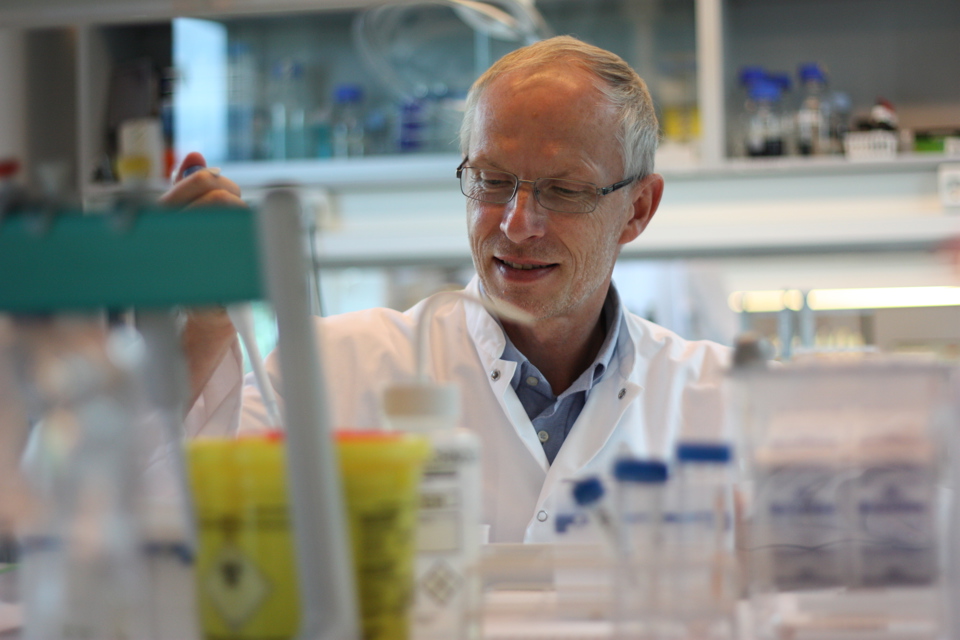A ground-breaking discovery
In 2014, one such context that was examined by the group in collaboration with their Austrian colleagues was the nitrogen cycle that appears in connection with fertilizing and in wastewater treatment plants; specifically the bacterial group of nitrifiers called Nitrospira. These have been thought to be highly specialised and dependent on the process of oxidizing nitrite into nitrate, a process which is extremely important for the breakdown of nitrite – and thus the amount of nitrate that is produced – before it enters our ground water.
- “Until now, the common conception was that if the Nitrospira were present, the nitrification process would occur, and nitrate, which is unwanted in our drinking water, would be produced. However, in our research we have examined the genome and gene expression of Nitrospira and proven that this is not the only function they have – in fact, they have markedly different abilities than anyone thought, including being able to live on hydrogen rather than nitrite” Per Halkjær Nielsen explains.
He has no doubt as to the impact the group’s results will have:
